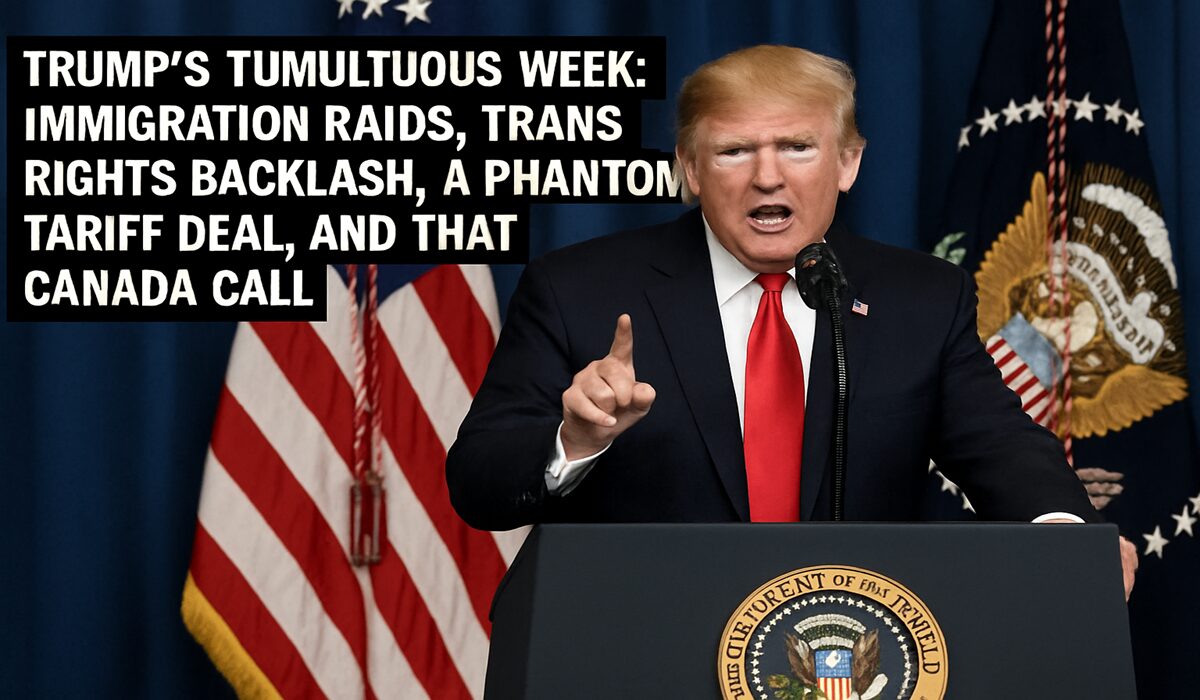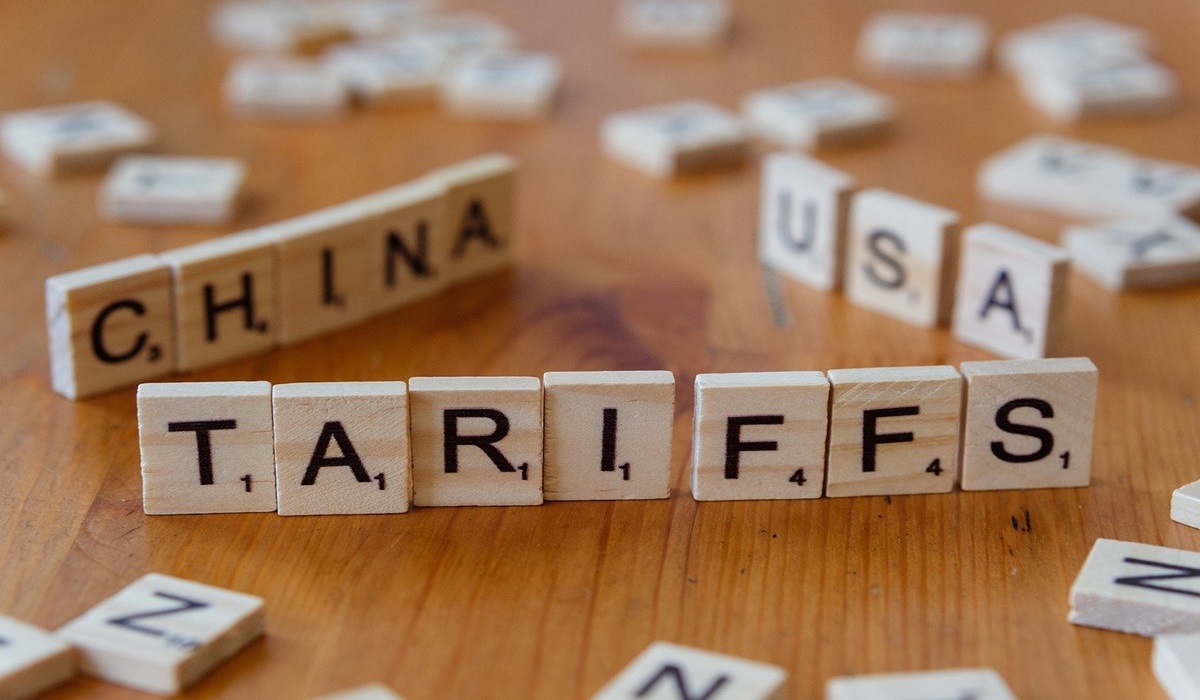What’s Located Inside This French Building, Is The Biggest Threat To America?
- TDS News
- Breaking News
- U.S.A
- May 21, 2023

In a 2022 interview with Lex Friedman, Andrew Bustamante, a former CIA covert intelligence officer, highlighted France’s General Directorate for External Security (DGSE) as the most significant technological, corporate, and economic espionage threat to the United States. Established in 1982, the DGSE serves as France’s foreign intelligence agency, parallel to British MI6 and the American CIA.
The DGSE plays a pivotal role in France’s intelligence community, specializing in gathering intelligence, conducting covert operations, and protecting national interests abroad. With a considerable budget and expansive reach, the DGSE operates clandestinely to obtain valuable information about technological advancements, corporate secrets, and economic strategies. Its wide-ranging capabilities make it a formidable force in international espionage.
The relationship between France and the United States has experienced challenges and periods of cooperation throughout history. While the two countries have shared common interests and collaborated on various global issues, they have also had diverging perspectives and conflicting policies. The nuanced dynamic between France and the United States can complicate efforts to address espionage threats effectively. However, it is important to note that intelligence gathering and covert operations are common practices among nations, making it crucial for all countries to maintain robust counterintelligence measures.
In an interconnected world where all nations employ intelligence agencies, a powerful agency like the DGSE raises concerns for national security across multiple fronts. Espionage activities targeting technological advancements can result in significant economic losses and hinder a country’s competitive edge. Corporate secrets, such as proprietary technology and trade secrets, are prime targets for intelligence agencies seeking an advantage for their nations. The theft of such information can have far-reaching consequences for industries and national economies.
Furthermore, economic espionage conducted by foreign intelligence agencies poses a direct threat to a country’s economic stability and security. The theft of trade secrets and sensitive economic data can undermine industries, weaken markets, and compromise national interests. It is essential for countries to safeguard their intellectual property, economic strategies, and critical infrastructure from the prying eyes of foreign intelligence agencies.
To address espionage threats effectively, nations must prioritize robust counterintelligence efforts. This includes implementing advanced cybersecurity measures, enhancing counterespionage capabilities, and fostering international cooperation to combat transnational threats. Sharing intelligence, coordinating investigations, and establishing protocols for information exchange are crucial steps to mitigate espionage risks.
Moreover, developing stringent regulations and enforcement mechanisms to protect intellectual property, trade secrets, and sensitive economic data is vital. Close collaboration between government agencies, private corporations, and research institutions is necessary to establish comprehensive safeguards against economic espionage.
Espionage is an inherent feature of international relations, and the General Directorate for External Security of France (DGSE) stands out as a potent intelligence agency with substantial reach and resources. The complex relationship between France and the United States adds a layer of complexity to addressing espionage threats effectively. To safeguard national security and protect economic interests, nations must invest in robust counterintelligence measures, enhance cybersecurity capabilities, and foster international collaboration. By doing so, countries can mitigate the risks posed by foreign intelligence agencies and preserve their technological advancements, corporate secrets, and economic stability.
Image source, Wikipedia








